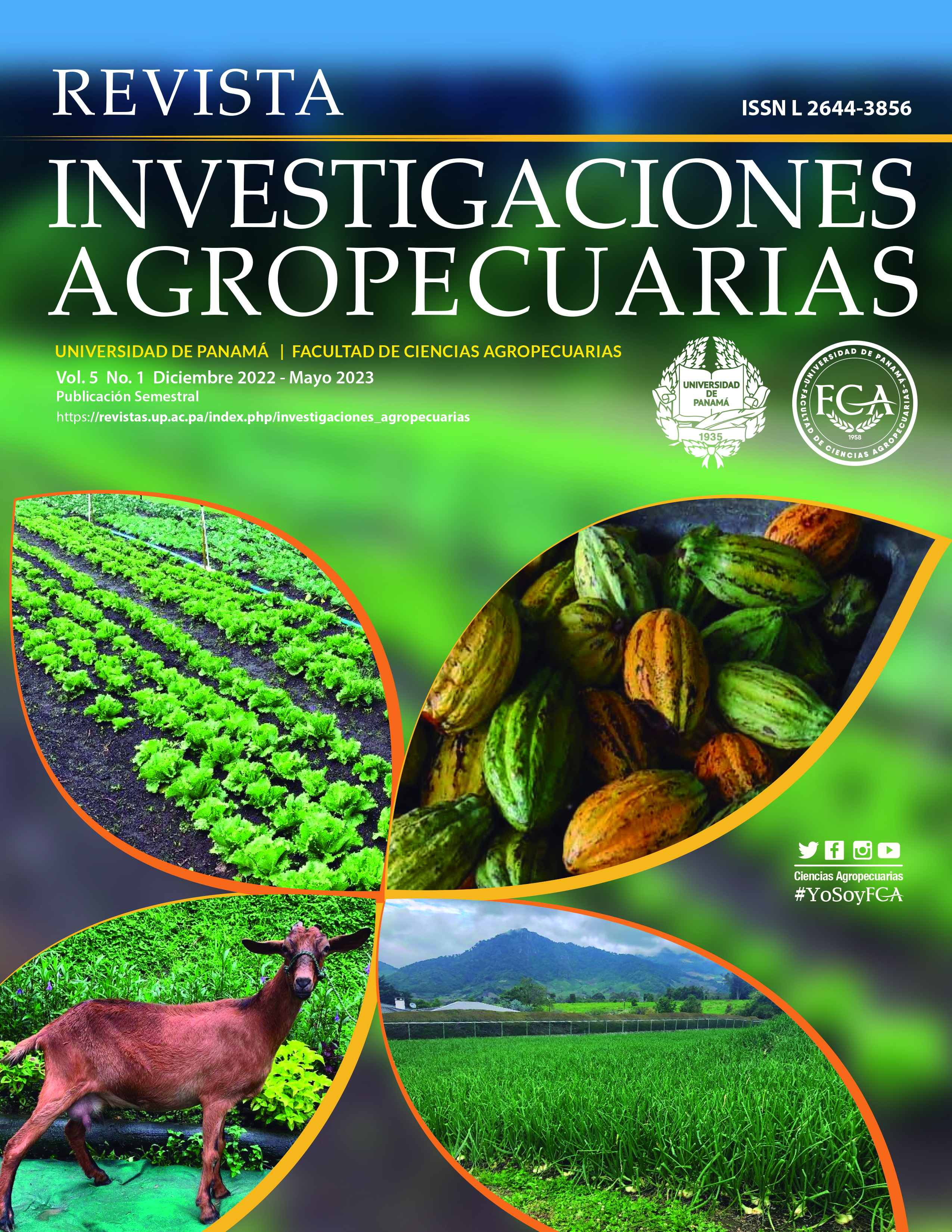


This work is licensed under a Creative Commons Attribution-NonCommercial-ShareAlike 4.0 International License.
This research was aimed to evaluate the individual variation among oocyte donors, collected by Transvaginal Ovum Pick-Up (OPU). The variables evaluated were the total number of collected oocytes and the amount of viables for In Vitro Embryo Production (IVEP). Eight Gyr heifers and eight Fleckvieh heifers were used in the study. Environmental conditions were similar within breed and varied between breed. Data were analyzed using a Randomized Block Design and Duncan's test was employed to compare means between treatments. No statistical differences (P>0.05) were found in the number of total collected oocytes between females Gyr (9.81 SE 1.04) and Fleckvieh (9.00 SE 1.04). No differences were found (P>0.05) in terms of number of viable oocytes (Gyr: 5.94 SE 0.76 vs Fleckvieh: 6.63 SE 0.76). Significant statistically individual variation (P<0.05) was found within the two evaluated breeds, both for total number of oocytes and viable ones. However, the number of viable collected oocytes was the variable with the highest percentage of individual variation. It is concluded that the superiority shown in multiple investigations by Bos indicus animals such as those of the Gyr breed over Bos taurus animals such as those of the Fleckvieh breed, in terms of the number of oocytes collected by OPU, can be altered by environmental conditions. There is individual variation for the total number of oocytes collected by OPU and viable ones selected for IVEP, obtained from donors with similar conditions of breed, age, weight, biological stage, body condition, reproductive status and environment.